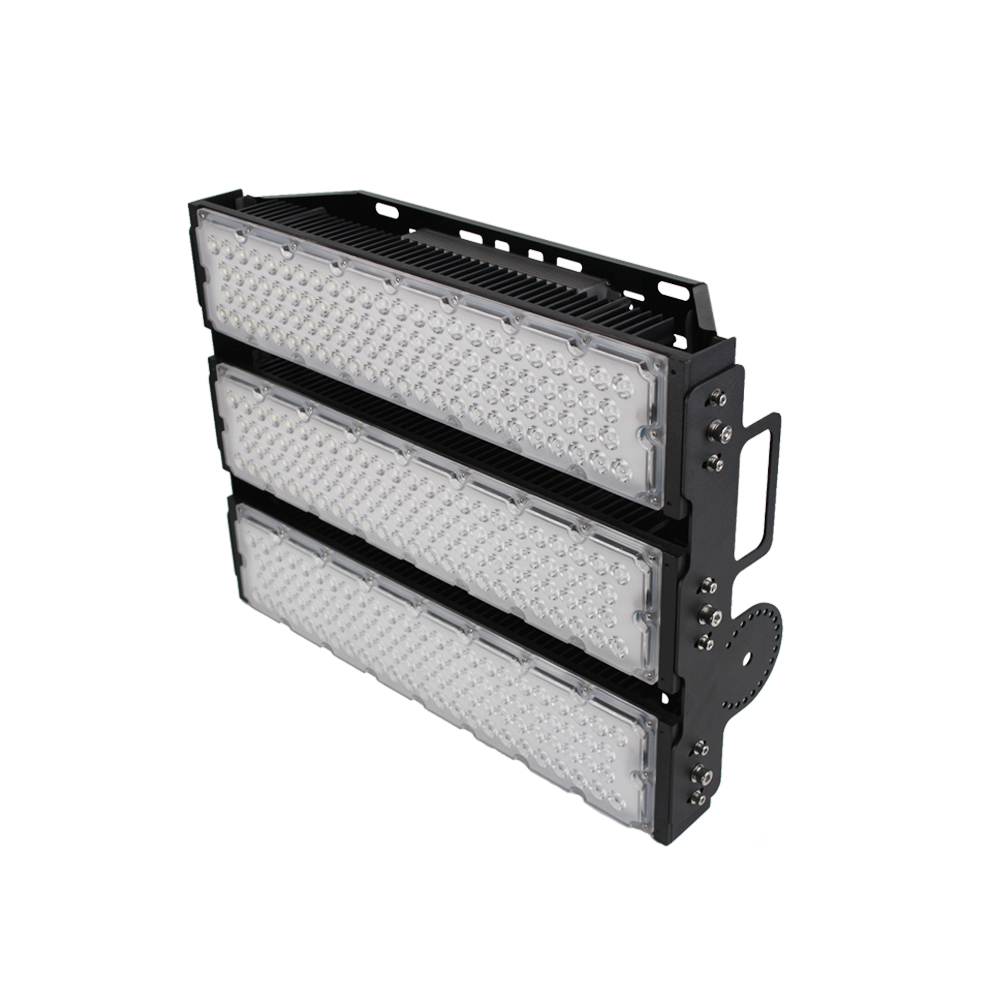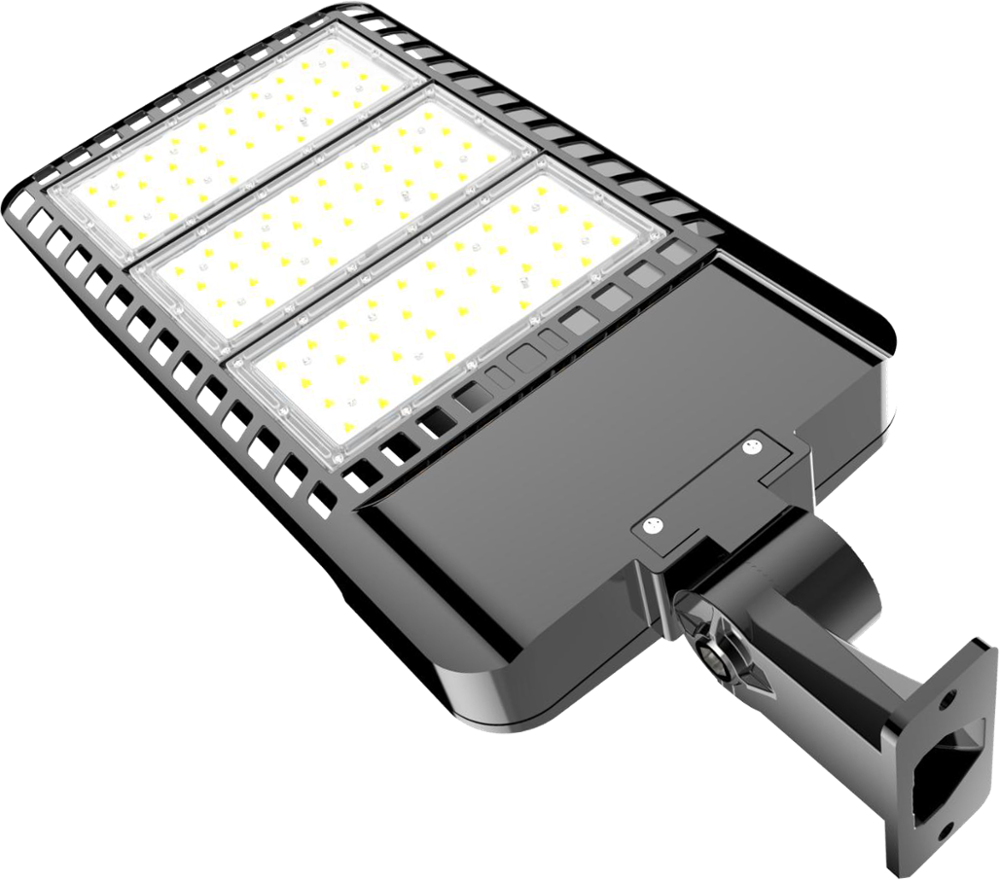By Sean Hollister , a senior editor and founding member of The Verge who covers gadgets, games, and toys. He spent 15 years editing the likes of CNET, Gizmodo, and Engadget.
When you think of a incandescent light bulb, you probably imagine this: a simple droplet of water crafted from opaque white glass, with a giant screw on the bottom, which consumes 40, 60, 75, 100, maybe 150 watts of power to light up a chunk of your home. Led Canopy Supplier

As of August 2023, those “normal” lightbulbs are really, truly banned from sale in the United States. You can still install and use those bulbs, but you won’t find them on shelves legally. You’ll find far more efficient LED or fluorescent bulbs instead.
This isn’t like back in 2014 when publications jumped the gun on the light bulb’s obituary — manufacturers and retailers have been on notice for a full year (pdf), and August 2023 is the month the Department of Energy will begin fully enforcing the law, suing companies that break it.
Also unlike 2014, there aren’t nearly as many loopholes. You can’t just buy a 150-watt incandescent or a three-way bulb — the ban covers any normal bulb that generates less than 45 lumens per watt, which pretty much rules out both incandescent and halogen tech in their entirety.
Except, of course, for all the not-so-normal bulbs that are excluded from the rule:
(5) G shape lamps with a diameter of 5 inches or more as defined in ANSI C79.1-2002;
(9) J, JC, JCD, JCS, JCV, JCX, JD, JS, and JT shape lamps that do not have Edison screw bases;
(10) Lamps that have a wedge base or prefocus base;
(15) MR shape lamps that have a first number symbol equal to 16 (diameter equal to 2 inches) as defined in ANSI C79.1-2002, operate at 12 volts, and have a lumen output greater than or equal to 800;
(19) Reflector lamps that have a first number symbol less than 16 (diameter less than 2 inches) as defined in ANSI C79.1-2002 and that do not have E26/E24, E26d, E26/50x39, E26/53x39, E29/28, E29/53x39, E39, E39d, EP39, or EX39 bases;
(20) S shape or G shape lamps that have a first number symbol less than or equal to 12.5 (diameter less than or equal to 1.5625 inches) as defined in ANSI C79.1-2002;
(25) T shape lamps that have a first number symbol less than or equal to 8 (diameter less than or equal to 1 inch) as defined in ANSI C79.1-2002, nominal overall length less than 12 inches, and that are not compact fluorescent lamps;
Still, none of those are normal bulbs I’d generally try to fit into a lamp.
Instead of forcing them in, might I recommend LED bulbs instead? They’ve come a long way over the past decade, and while mine do not last 10 years as companies like to claim, you can easily find high-CRI bulbs that bring out natural color in your home while saving loads of electricity.
A quick note on politics: the right-wing has been quick to frame this as a partisan issue, since Trump eventually blocked the phase-out of incandescent light bulbs (though not till 2019) and the Biden administration is now bringing the idea back. But the George W. Bush administration was the one to begin mandating higher light bulb efficiency, and it has largely been a bipartisan effort ever since.
/ Sign up for Verge Deals to get deals on products we've tested sent to your inbox daily.
The Verge is a vox media network

China Lighting Manufacturers © 2023 Vox Media, LLC. All Rights Reserved